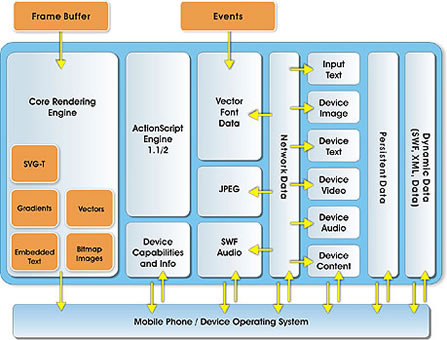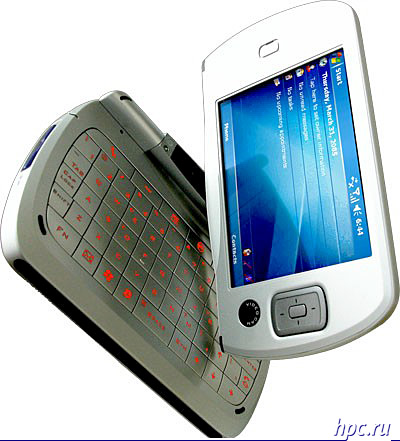
Nokia 5730 XpressMusic
 The Nokia 5730 XpressMusic is Nokia's first music-optimized device to offer a full QWERTY keyboard - ideal for quick messaging. The heart of this music device is the Homescreen for XpressMusic, providing access and dynamic information on music, people, games, email and calendar. The Homescreen of the XpressMusic 5730 features an improved contacts bar with up to 20 friends and family members and provides direct access to music, N-Gage and other applications, like Facebook, Photos, Ovi Contacts, Maps, messaging and more. With Ovi Contacts, people see which friends are online, chat and view what music they are listening to.
The Nokia 5730 XpressMusic is Nokia's first music-optimized device to offer a full QWERTY keyboard - ideal for quick messaging. The heart of this music device is the Homescreen for XpressMusic, providing access and dynamic information on music, people, games, email and calendar. The Homescreen of the XpressMusic 5730 features an improved contacts bar with up to 20 friends and family members and provides direct access to music, N-Gage and other applications, like Facebook, Photos, Ovi Contacts, Maps, messaging and more. With Ovi Contacts, people see which friends are online, chat and view what music they are listening to.Key features
- 2.4" 16M-color TFT display of QVGA resolution
- Four-row side-slide QWERTY keyboard
- Quad-band GSM and tri-band 3G (with HSDPA) support
- Symbian OS with S60 3.2 UI
- 369 MHz ARM11 CPU
- 3.5mm standard audio jack
- microSD card slot, 8GB microSD card prebundled
- 3.2 megapixel auto focus camera with a dedicated shutter key, geotagging and VGA video at 30fps
- Wi-Fi 802.11 b/g with UPnP technology
- Built-in GPS receiver and preinstalled Nokia Maps
- USB and stereo Bluetooth (A2DP) connectivity
- FM radio with RDS plus Internet radio
- Dedicated music keys
- N-Gage support
- Dedicated gaming keys
- Ovi Contacts integration
- Office document viewer
- Smart dialing
- Contacts bar on the homescreen
- N-Series-like gallery
- Nokia Say and Play (voice control to music player)
Main disadvantages:
- Fingerprint-prone cheap-looking plastic build
- No DivX/XviD support out of the box (can be installed, possibly requiring a purchase)
- Average camera performance
- Poor battery life
- No TV-out functionality







